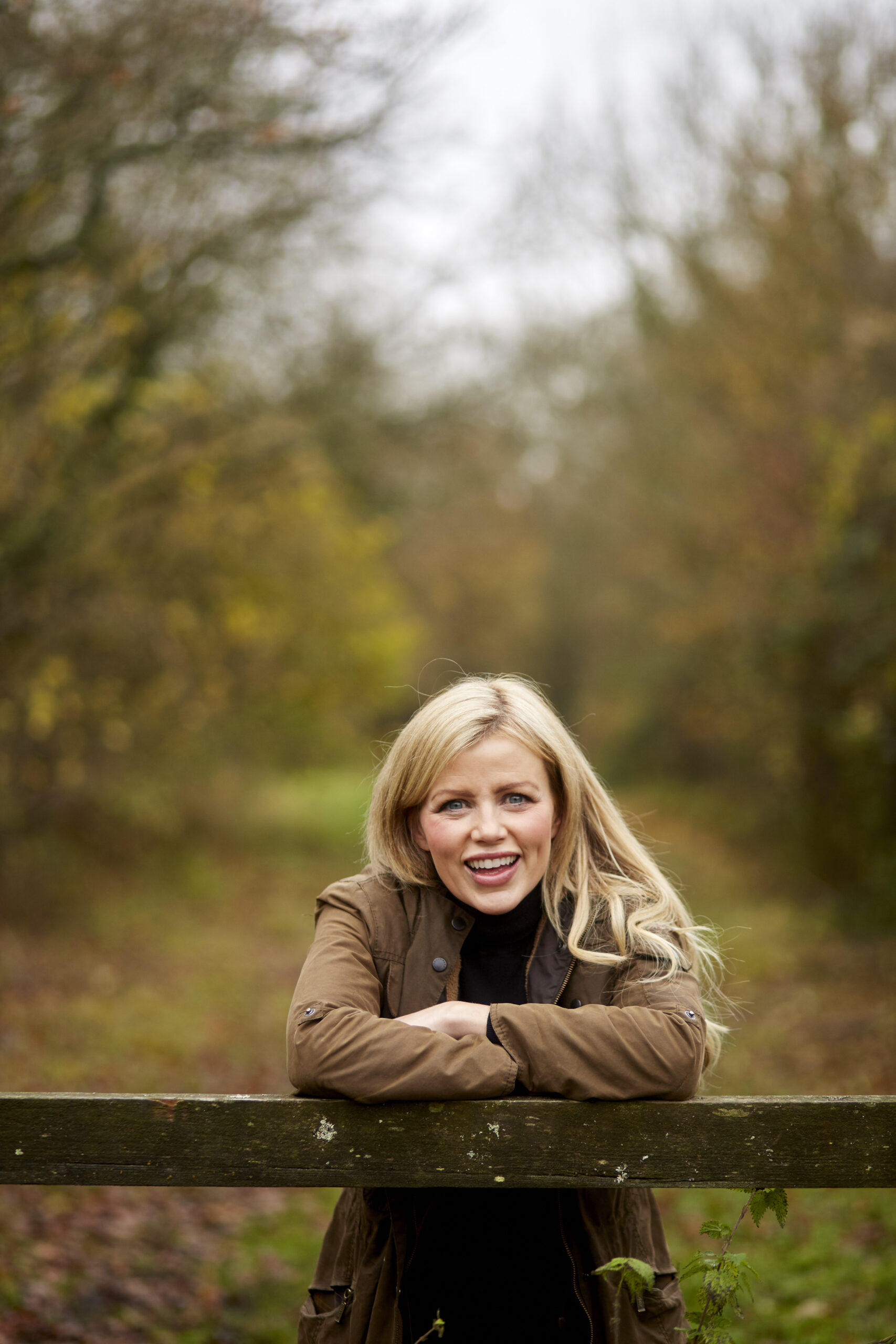November’s darkness is arguably harder than the dun of January and February, because it occupies the losing side of the solstice. Cold isn’t so hard as the fading of the light. Yet rallying against that very darkness could be an opportunity missed, an invitation to operate differently.
Until the spread of human light throughout the hours and the seasons, darkness was the only thing that temporarily postponed people’s busyness. It invited imagination and visions, apparitions and storytelling, spirits to guide and inspire.
Indeed, November’s traditions bring forth the spirits of the darkness, making friends with the inevitable. All Saints’ Day remembers those who have died through the ages – ‘men of good will’, great and forgotten. Known as All Hallows, the feast began the previous evening, the eve of All Hallows or Hallowe’en. On 2 November, All Souls Day is celebrated in parts of Europe and sees families tend to the graves of loved ones, create home altars and offer gifts to children from their ancestors. During these Hallowtides, ‘soulers’ would go door to door singing and saying prayers in exchange for soul cakes. Incidentally, the noisiest and most recent of November traditions, Bonfire Night, graciously seems to have loosely broken its ties to Guy Fawkes, a character now held in mixed regard in the modern psyche: from terrorist to anti-government protester. Either way, it’s not easy to enjoy a burning effigy of anyone.
As a species that prizes productivity, perhaps we ought to accept the bid to rest during winter. Out there, the dormancy of hibernation is getting started for hedgehogs, hazel dormice and native bats, while for many other animals, their changing metabolism and water balance summons winter torpor. Trees offer fruits and seeds for animals to spread their chances of survival, while many appear to sleep before the toil of spring.
Time to pause?
As deeply entwined as our ancestral selves were with the natural world, winter would have marked a time to slow down and recuperate in readiness for spring. Sure enough, with the impending doom of the energy crisis, sales of electric blankets have apparently gone up – 13 times more than last year –and the practice of winter’s rest can begin in preparation for the hustle of spring and summer.
However, this would have made perfect sense in times gone by, when every day was a struggle to find enough calories to thrive. Physical graft was a fact of life for most people working outdoors, closely connected to the food cycle. Winter celebrations at the end of the harvest would have heralded a well-deserved break. But these days, we are physically at rest for much of our days. Summer is certainly spent outdoors more, but in our gardens, on holiday and at leisure. It isn’t especially tiring loading up a trolley or receiving a delivery of hyper-palatable foods. Winter’s inertia may not be what modern people really need. Perhaps the Swedish approach – spending time in the cold outside before returning home to get your Hygge on – is a better prescription. Or perhaps, as Katherine May’s Wintering describes, the verb of winter represents times of emotional breakdown that may happen at any time during a life, the comforts and solutions for which are found in our ancestral winters: sleeping, eating comfort foods, being in the cool clear-sightedness of nature and seeking warmth from within. Inward winter, too, will pass and turn once more to spring.
Our ancestors have more to teach us here: for one of the sure-fire routes to contentment and joy is through the door of gratitude. In November, traditions from the past encourage us to pause and acknowledge Thanksgiving, Armistice Day and Hallowtide, a nod of appreciation to all those who came before and allowed us this place on Earth here and now.
